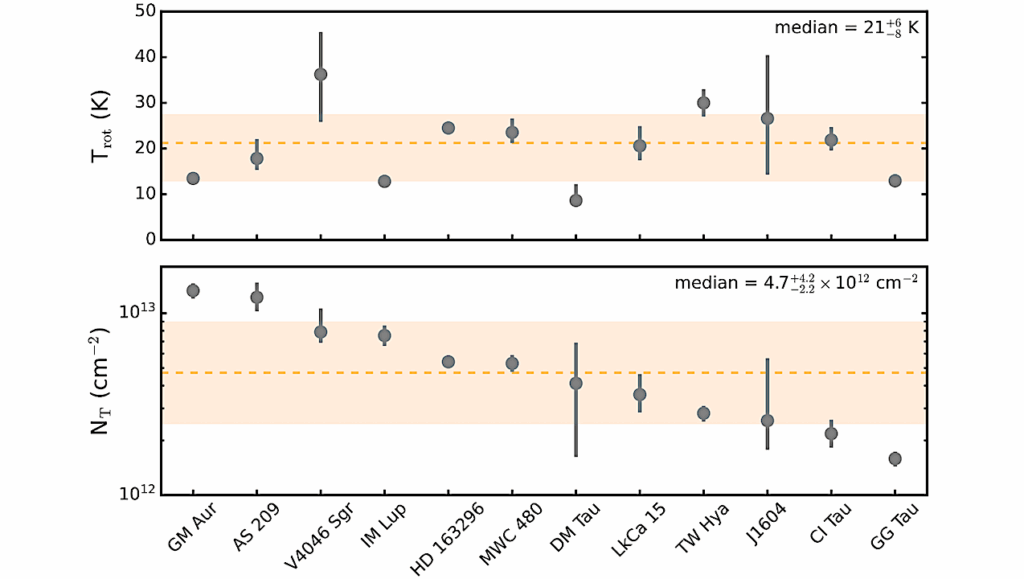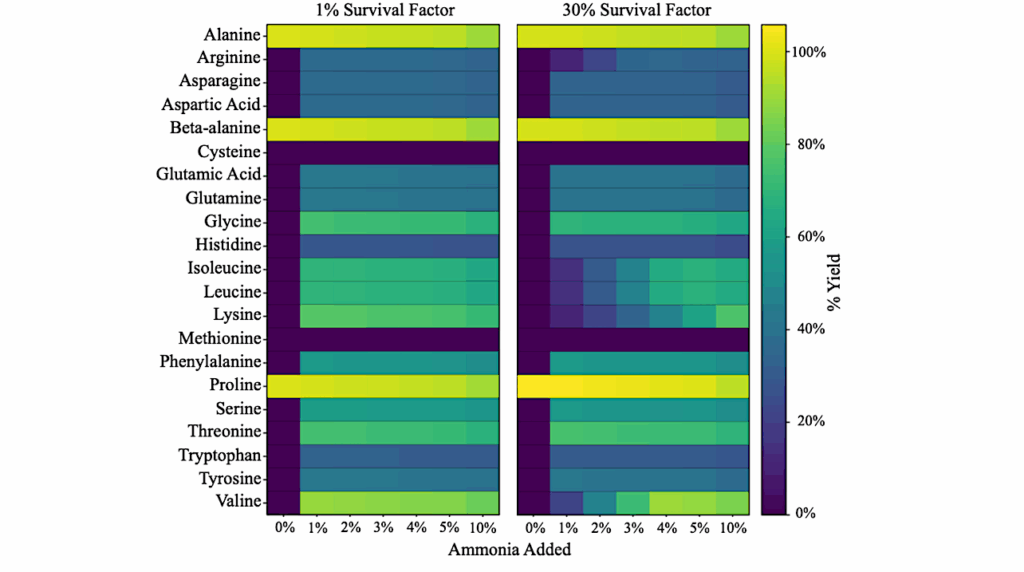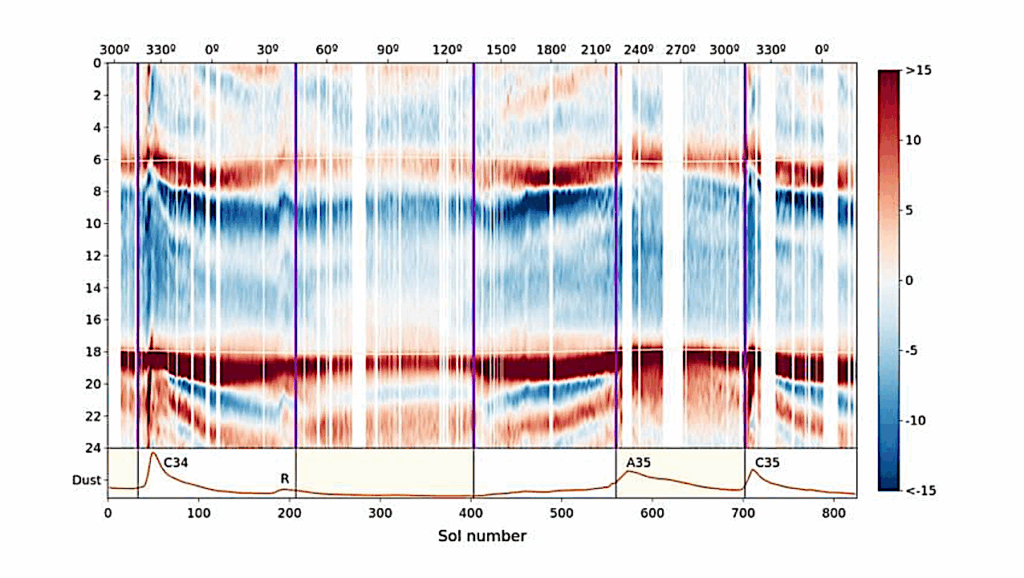The Effect of Land Fraction and Host Star Spectral Energy Distribution on the Planetary Albedo of Terrestrial Worlds

The energy balance and climate of planets can be affected by the reflective properties of their land, ocean, and frozen surfaces.
Here we investigate the effect of host star spectral energy distribution (SED) on the albedo of these surfaces using a one-dimensional (1-D) energy balance model (EBM). Incorporating spectra of M-, K-, G- and F-dwarf stars, we determined the effect of varying fractional and latitudinal distribution of land and ocean surfaces as a function of host star SED on the overall planetary albedo, climate, and ice-albedo feedback response.
While noting that the spatial distribution of land masses on a given planet will have an effect on the overall planetary energy balance, we find that terrestrial planets with higher average land/ocean fractions are relatively cooler and have higher albedo regardless of star type. For Earth-like planets orbiting M-dwarf stars the increased absorption of water ice in the near-infrared (NIR), where M-dwarf stars emit much of their energy, resulted in warmer global mean surface temperatures, ice lines at higher latitudes, and increased climate stability as the ice-albedo feedback became negative at high land fractions.
Conversely, planets covered largely by ocean, and especially those orbiting bright stars, had a considerably different energy balance due to the contrast between the reflective land and the absorptive ocean surface, which in turn resulted in warmer average surface temperatures than land-covered planets and a stronger potential ice-albedo feedback. While dependent on the properties of individual planetary systems, our results place so constraints on a range of climate states of terrestrial exoplanets based on albedo and incident flux.
Andrew J. Rushby, Aomawa L. Shields, Manoj Joshi
(Submitted on 11 Oct 2019)
Comments: 12 pages, 4 figures
Subjects: Earth and Planetary Astrophysics (astro-ph.EP); Solar and Stellar Astrophysics (astro-ph.SR)
Cite as: arXiv:1910.05439 [astro-ph.EP] (or arXiv:1910.05439v1 [astro-ph.EP] for this version)
Submission history
From: Andrew Rushby
[v1] Fri, 11 Oct 2019 23:22:08 UTC (3,385 KB)
https://arxiv.org/abs/1910.05439
Astrobiology








